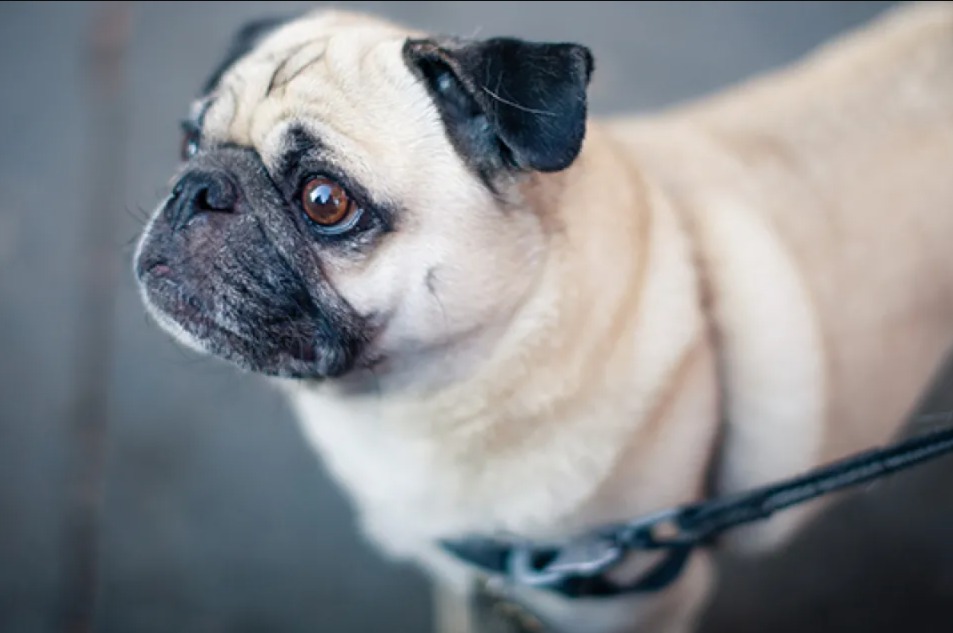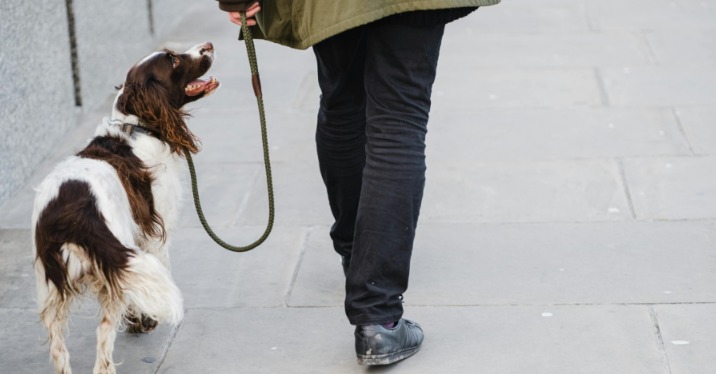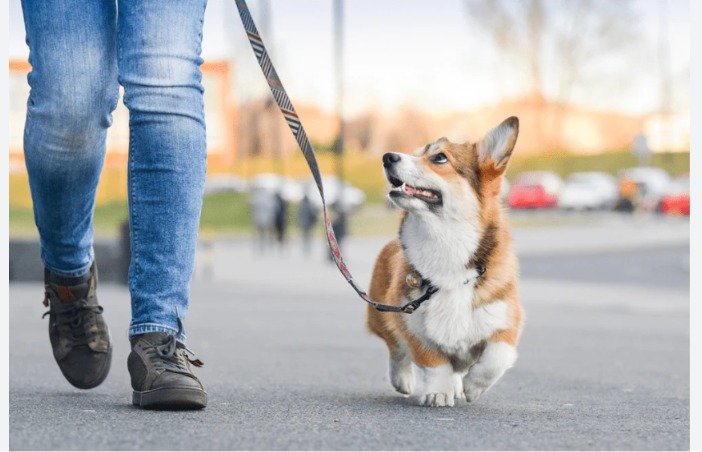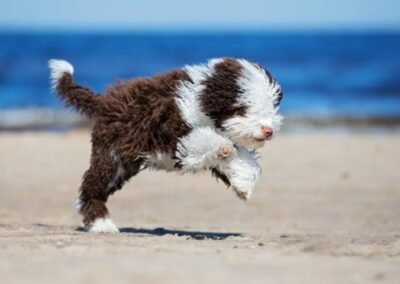
Let me ask you something.
Have you ever seen a person being dragged down the street by their dog?
The leash is stretched so tight it could tow a truck, the human looks half-strangled, and the dog thinks it’s competing in the Iditarod.
Not fun. Not dignified. And let’s be honest—it makes the human look like they’ve completely lost control.
Now picture the opposite: You and your dog walking down the street. The leash? Hanging loose like a soft rope.
Your dog? Calm, checking in with you, walking in harmony as if the two of you were synced like dance partners.
Strangers glance over and think, “Wow, that dog is well trained.”
That right there is the holy grail of dog walking: loose-leash walking.
And the best part? It’s not some mysterious talent reserved for dog whisperers. You can teach it.
What Is Loose-Leash Walking (and Why Should You Care)?
Loose-leash walking isn’t about your dog glued to your side like a military heel. It’s about balance.
Your dog can sniff, explore, wag around—as long as the leash stays loose.
When the leash is tight, it’s a battle. When it’s slack, it’s cooperation.
And here’s the kicker: dogs actually enjoy loose-leash walking more once they learn it. No choking, no frustration, no constant tug-of-war.
Gear That Makes the Job Easier
Forget fancy gimmicks. You don’t need a $200 contraption to get results. Here’s the real checklist:
- A solid, standard leash. 4–6 feet is perfect. Toss the retractable leash—it teaches pulling.
- A good collar or harness. Make sure it fits. If your dog slips out or coughs from choking, you’ve already lost.
- Tiny, irresistible treats. Think chicken bits, cheese, or something your dog would commit crimes for.
- Patience. Yes, it’s a tool. And you’ll need it.

The “Green Light, Red Light” Method
Here’s the magic trick:
- Start walking. Leash is loose? That’s the green light—keep moving.
- Dog pulls? That’s the red light. You stop cold. Plant your feet. Don’t move an inch.
- Dog looks back, relaxes, or the leash goes slack? Boom. Green light again. Move forward.
Dogs are smart, but they’re also opportunists. They quickly figure out that pulling equals zero progress, while a loose leash equals freedom.
This is how you flip the script. Instead of you dragging your dog, your dog learns that the easiest way to keep the adventure going is by sticking with you.
Reward the Check-In
Anytime your dog glances at you or naturally falls back into position beside you, pay them. Praise, treat, or both.
That moment of eye contact is golden—it means your dog is actively choosing you over distractions.
That choice is the foundation of loose-leash walking.
Build Up Slowly
Don’t start training in the middle of a busy park with squirrels doing acrobatics. You’ll fail, your dog will fail, and everyone will go home frustrated.
Instead:
- Begin in your backyard or a quiet hallway.
- Practice short sessions—five to ten minutes max.
- Gradually introduce tougher environments: a calm street, then a busier sidewalk, then the park.
Your dog’s confidence grows as yours does.

Troubleshooting the “Pull Monster”
- If your dog pulls toward a smell: Do a U-turn. You don’t have to fight the pull—you just redirect.
- If your dog ignores your stop: Stand still. You’re a tree. No movement until slack returns.
- If distractions overwhelm them: Drop back to an easier location. It’s not regression—it’s strategy.
- If your dog is overly wound up: Play fetch or burn some energy before training.
Remember, loose-leash walking is about rewiring habits. And habits don’t change overnight.
Why It’s Worth It
A dog that pulls turns every walk into a chore. You avoid walks, your dog gets restless, and everyone’s unhappy.
But when your dog walks on a loose leash? Suddenly, walks are joyful again. They become bonding time.
Your dog trusts you, you trust them, and neighbors admire your teamwork.
It’s not just training—it’s freedom. It’s the difference between being dragged through life and walking it side by side.
Final Word
If your dog has been yanking your arm out of its socket, don’t despair.
Start small, stay consistent, and reward the heck out of the good moments.
Pretty soon, you’ll notice the leash hanging loose, your dog happily pacing beside you, and both of you actually enjoying the walk.
Loose-leash walking isn’t just possible—it’s waiting for you to claim it.



